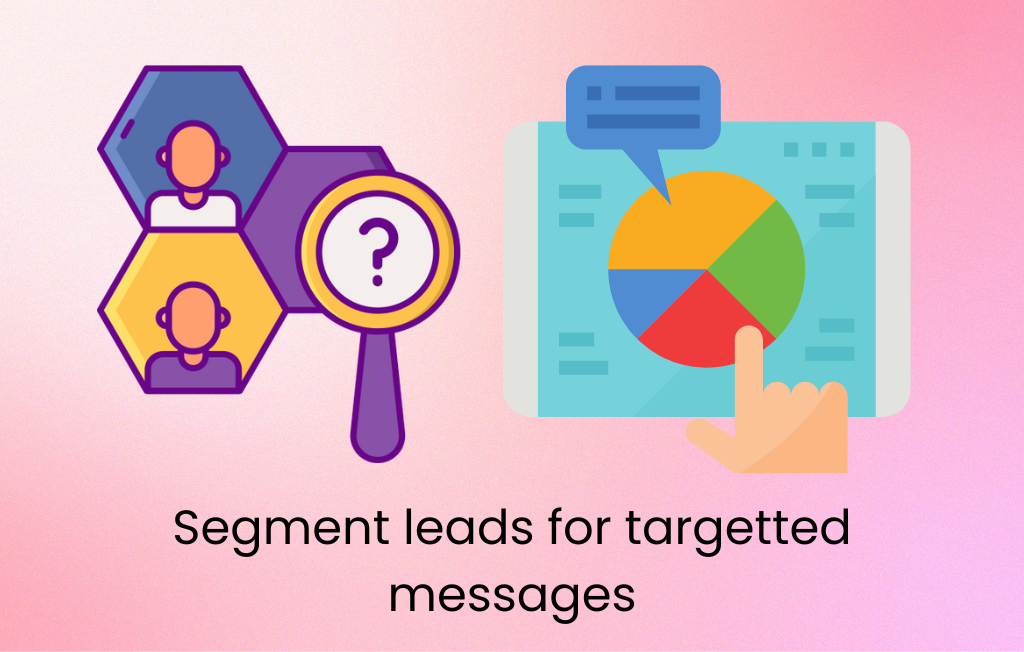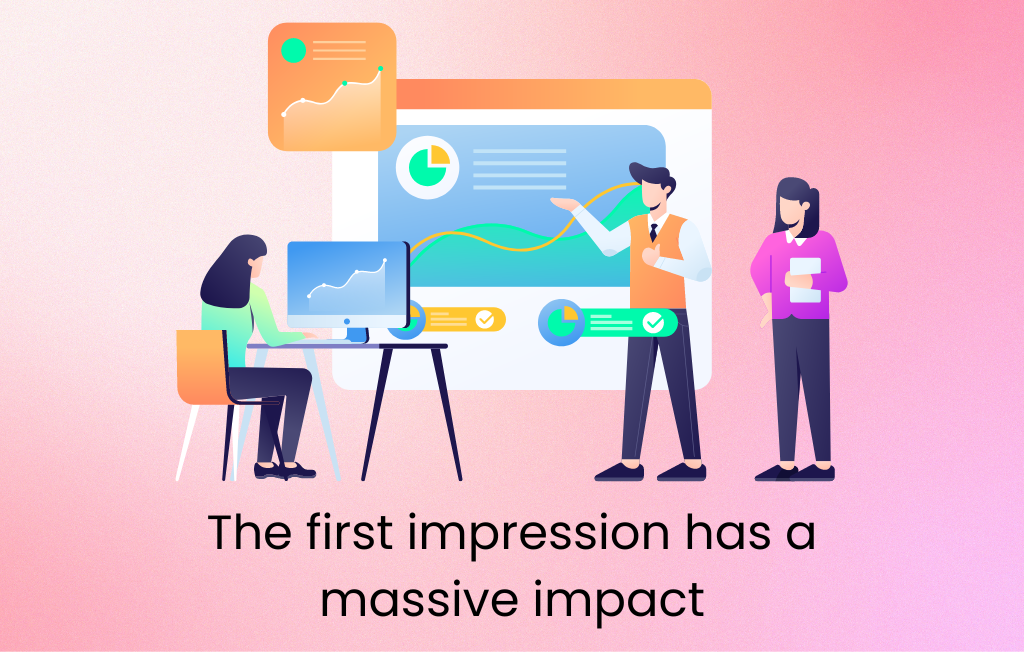Having a beautiful website with great content isn’t enough your website’s design should be in such a way that your leads get registered efficiently. The first step would be to start off with high-demand generation campaigns that generate leads.
The aim of the marketing team for the business is to procure as many leads as that successfully convert to loyal customers who bring repeated business. Any professional digital marketer knows that they need to set up effective lead nurturing campaigns to gather more and more leads for your brand, However, its easier said than done,
This is why in this article we’re to be discussing some of the most powerful lead nurturing campaigns that will capture your audience’s attention, increase their lead scores, and boost the selling potential of your website and your sales team.
So let’s get cracking, shall we!
1) Segment leads for targetted messages
Your brand might be offering multiple products or services but not all your leads may be interested in everything you’ve got. This is why engaging with your leads through personalised messaging is necessary. When you communicate with your audience with contextual messaging, the success rates of conversion increase exponentially.
Your business should implement a system for grouping your leads into targeted segments. This would allow you to focus on specific challenges and solutions, which will enable you to form a relationship with your prospects on a more personal level.
You can segment your leads either based on their behaviour or demographics and some organisations use multiple buyer’s personas. Now the good news is you don’t have to do all this manually, There are tools like Customer Data Platform (CDP) and Customer Relationship Management (CRM) to automate your contextual messaging and make sure the right messages reach the right people at the right time.
2) Educate more, promote less
Most marketers are so eager to get business from their leads that they get overly promotional. What the need to be focused on empowering the audience with educational content so that the audience truly understands the challenge your brand can help them with.
People don’t want a sales pitch they need to feel enabled so that they can make a purchase decision on their own, If we keep ignoring what the leads really want there is a very high chance that we might lose them.
The main objective should be to provide meaningful and actionable information throughout your email campaign that follows a clear path through the marketing funnel.
3) The first impression has a massive impact
The first email that you sent to your audience becomes a deciding factor that whether your brand would be judged spammy or whether the recipient would look forward to further communications from your side.
It is crucial we always remember the value of a lead, don’t spoil the relationship before you give it a chance to blossom by failing to follow up on an engagement or spamming with too many messages in a short timespan.
In this regard a Customer Relationship Management (CRM) or Customer Data Platform (CDP) can help your business out greatly, they track the open rate of emails and follow what was the email about. Based on this your Customer Relationship Management (CRM) or Customer Data Platform (CDP) can send relevant information to your leads and gently guide them through the funnel.
Final words…
Lead nurturing is one of the most crucial activities of digital marketing and if done correctly it can do wonders for your business’s growth. However, it is not as easy as it seems, it is advised you consider consulting with a professional digital marketer if you wish to implement a Customer Relationship Management (CRM) or Customer Data Platform (CDP) for your business.
In case you have any questions or need more advice on Customer Relationship Management (CRM) & Customer Data Platform (CDP) implementation feel free to contact us and we would be happy to help you out.
Cheers!!








